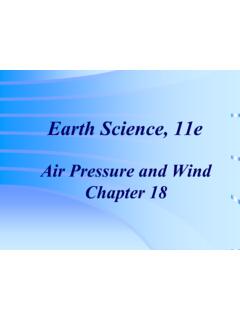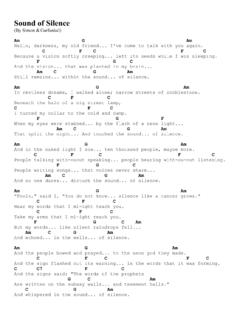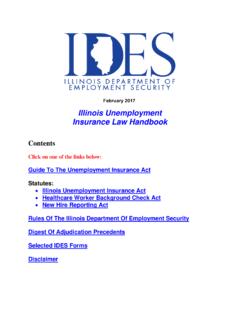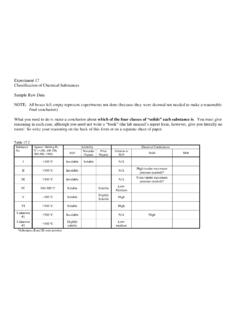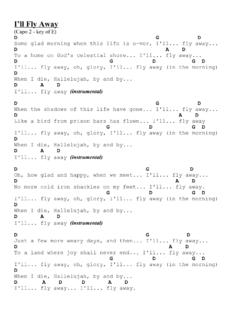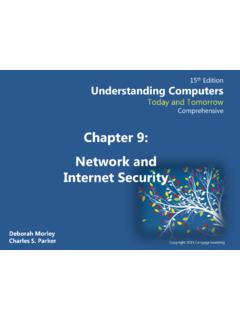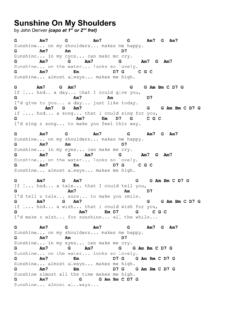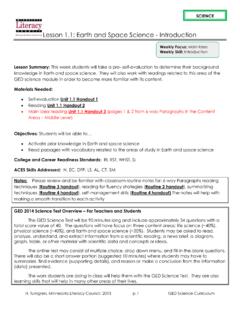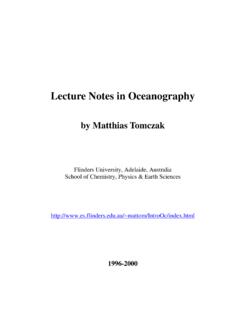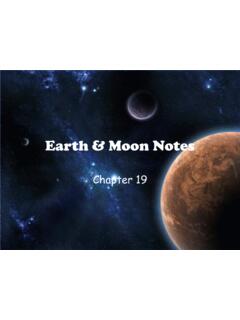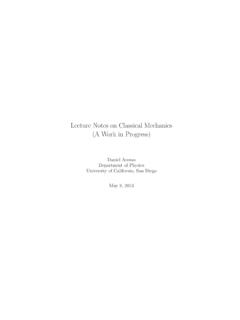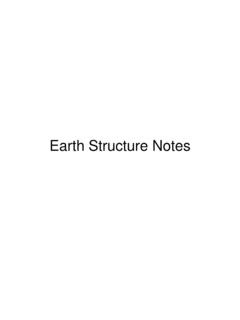Transcription of Lecture Outlines PowerPoint Chapter 2 Tarbuck/Lutgens
1 Lecture Outlines PowerPoint Chapter 2. earth Science 11e Tarbuck/Lutgens 2006 Pearson Prentice Hall This work is protected by United States copyright laws and is provided solely for the use of instructors in teaching their courses and assessing student learning. Dissemination or sale of any part of this work (including on the World Wide Web). will destroy the integrity of the work and is not permitted. The work and materials from it should never be made available to students except by instructors using the accompanying text in their classes. All recipients of this work are expected to abide by these restrictions and to honor the intended pedagogical purposes and the needs of other instructors who rely on these materials. earth Science, 11e Minerals: Building Blocks of Rocks Chapter 2. Minerals: the building blocks of rocks Definition of a mineral Natural Inorganic Solid Possess an orderly internal structure of atoms Have a definite chemical composition Mineraloid - lacks an orderly internal structure Composition and structure of minerals Elements Basic building blocks of minerals Over 100 are known Atoms Smallest particles of matter Have all the characteristics of an element Periodic table of the Elements Figure How atoms are constructed Nucleus central part of an atom that contains Protons positive electrical charges Neutrons neutral electrical charges Energy levels.
2 Or shells Surround nucleus Contain electrons negative electrical charges Simplified view of the atom Figure How atoms are constructed Atomic number is the number of protons in an atom's nucleus Bonding of atoms Forms a compound with two or more elements Ions are atoms that gain or lose electrons Isotopes Have varying number of neutrons How atoms are constructed Isotopes Have different mass numbers the sum of the neutrons plus protons Many isotopes are radioactive and emit energy and particles Minerals Physical properties of minerals Crystal form Luster Color Streak Hardness Cleavage The mineral quartz often exhibits good crystal form Pyrite (fool's gold). displays metallic luster Figure Mohs scale of hardness Figure Three examples of perfect cleavage fluorite, halite, and calcite Minerals Physical properties of minerals Fracture Specific gravity Other properties Taste Smell Elasticity Malleability Conchoidal fracture Figure Minerals Physical properties of minerals Other properties Feel Magnetism Double Refraction Reaction to hydrochloric acid Minerals A few dozen minerals are called the rock- forming minerals The eight elements that compose most rock- forming minerals are oxygen (O), silicon (Si), aluminum (Al), iron (Fe), calcium (Ca), sodium (Na), potassium (K), and magnesium (Mg).
3 Most abundant atoms in earth 's crust are oxygen ( by weight) and silicon ( by weight). Composition of continental crust Figure Minerals Mineral groups Rock-forming silicates Most common mineral group Contain the silicon-oxygen tetrahedron (molecule). Four oxygen atoms surrounding a much smaller silicon atom Combines with other atoms to form the various silicate structures The silicate (SiO4)-4 molecule Figure Minerals Mineral groups Rock-forming silicates Groups based upon tetrahedral arrangement Olivine independent tetrahedra Pyroxene group tetrahedra are arranged in chains Amphibole group tetrahedra are arranged in double chains Hornblende a member of the amphibole group Minerals Mineral groups Rock-forming silicates Groups based upon tetrahedral arrangement Micas tetrahedra are arranged in sheets Two types of mica are biotite (dark) and muscovite (light). Feldspars - Three-dimensional network of tetrahedra Minerals Mineral groups Rock-forming silicates Groups based upon tetrahedral arrangement Feldspars Two types of feldspar are Orthoclase and Plagioclase Quartz three-dimensional network of tetrahedra Potassium feldspar Plagioclase feldspar Minerals Mineral groups Rock-forming silicates Feldspars are the most plentiful mineral group Crystallize from molten material Nonsilicate minerals Major groups Oxides Sulfides Minerals Mineral groups Nonsilicate minerals Major groups Sulfates Carbonates Native elements Native Copper Minerals Mineral groups Nonsilicate minerals Carbonates A major rock-forming group Found in the rocks limestone and marble Halite and gypsum are found in sedimentary rocks Many have economic value Minerals Mineral resources Reserves are already identified deposits Ores are useful metallic minerals that can be mined at a profit Economic factors may change and influence a resource An underground halite (salt)
4 Mine End of Chapter 2.
